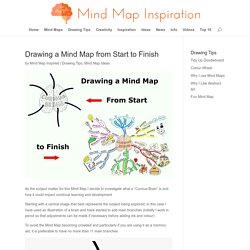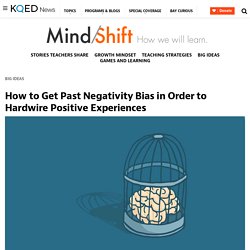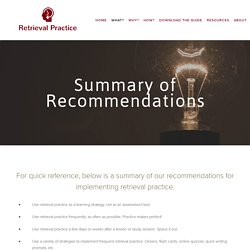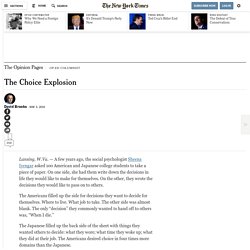

Garrett
Persuasive%20techniques.pdf.
Security & Privacy. Apps. Blogs. Learning. Open Tab Curiosity. Instagram Links. Understanding by Design Part 2: Designing the Essential Questions - Learning Bird. Value and benefits of questions Since Socrates, asking questions has been a hallmark of the teaching profession.

Whether used to guide students through a lecture or to check for understanding on exams, questions are the primary mode of encouraging information transfer from instructor to student and from topic to topic. According to Leven and Long in 1912, teachers spent nearly 80% of the day asking questions; this result has been repeated multiple times since, with similar results. Questions allow us to structure our classrooms, to organize the flow of information in courses, and to probe students for deeper understanding.
Questions produce deeper and more complex inquiries, and help us to guide our students towards developing mastery and expertise. What is a “good” question? The best questions, then, create connections. Types of Questions Although we want to focus on building “essential questions”, let’s take a moment and look at the different types of questioning used in classrooms. Drawing a Mind Map from Start to Finish. As the subject matter for this Mind Map I decide to investigate what a “Curious Brain” is and how it could impact continual learning and development Starting with a central image that best represents the subject being explored; in this case I have used an illustration of a brain and have started to add main branches (initially I work in pencil so that adjustments can be made if necessary before adding ink and colour) To avoid the Mind Map becoming crowded and particularly if you are using it as a memory aid, it is preferable to have no more than 11 main branches I start to consider what a Curious Brain is.

The easiest way to investigate this is simply to start adding keywords and branching out without too much contemplation or the mind starts to think in a linear fashion. Visual Thinking Center. How to Get Past Negativity Bias in Order to Hardwire Positive Experiences. It’s helpful to know that the brain is plastic and can adapt to challenges.

And when it comes to learning new things, we can build up mental resources through intentional effort. People can get better at realizing self-regulation, executive functions, a sense of perspective or meaning, positive emotions like gratitude, a sense of strength and the feeling of being cared about. “Any kind of mental activity, including experiences, entails underlying neural activity,” said Rick Hanson, a psychologist and senior fellow at the Greater Good Science Center at UC Berkeley, at a Learning & the Brain conference. He has developed practices to help people build up their mental capacity for happiness by creating patterns of neural activity that with time and repetition become neural pathways. Hanson calls this process “self-directed neuroplasticity.”
“We evolved a brain that routinely scans for bad news, both internally and externally,” Hanson said. Retrieval Practice: A Powerful Strategy to Improve Learning — Summary of Recommendations. Use retrieval practice as a learning strategy, not as an assessment tool.Use retrieval practice frequently, as often as possible.

Practice makes perfect! Use retrieval practice a few days or weeks after a lesson or study session. Space it out.Use a variety of strategies to implement frequent retrieval practice: clickers, flash cards, online quizzes, quick writing prompts, etc.Use a variety of question types: fact-based, conceptual, and higher order/transfer.Encourage metacognition by including feedback (right/wrong feedback, explanation feedback, etc.).Remain confident that challenging learning (via retrieval practice) is a good thing! Examine your teaching and studying strategies: Do they focus on getting information “in” or “out? " The Choice Explosion. Lansing, W.Va. — A few years ago, the social psychologist Sheena Iyengar asked 100 American and Japanese college students to take a piece of paper.

On one side, she had them write down the decisions in life they would like to make for themselves. On the other, they wrote the decisions they would like to pass on to others. The Americans filled up the side for decisions they want to decide for themselves. Where to live. What job to take. The Japanese filled up the back side of the sheet with things they wanted others to decide: what they wore; what time they woke up; what they did at their job. Americans have always put great emphasis on individual choice. This opening has produced much that is wonderful. It’s becoming incredibly important to learn to decide well, to develop the techniques of self-distancing to counteract the flaws in our own mental machinery. For example, they mention the maxim, assume positive intent.
They highlight Suzy Welch’s 10-10-10 rule.